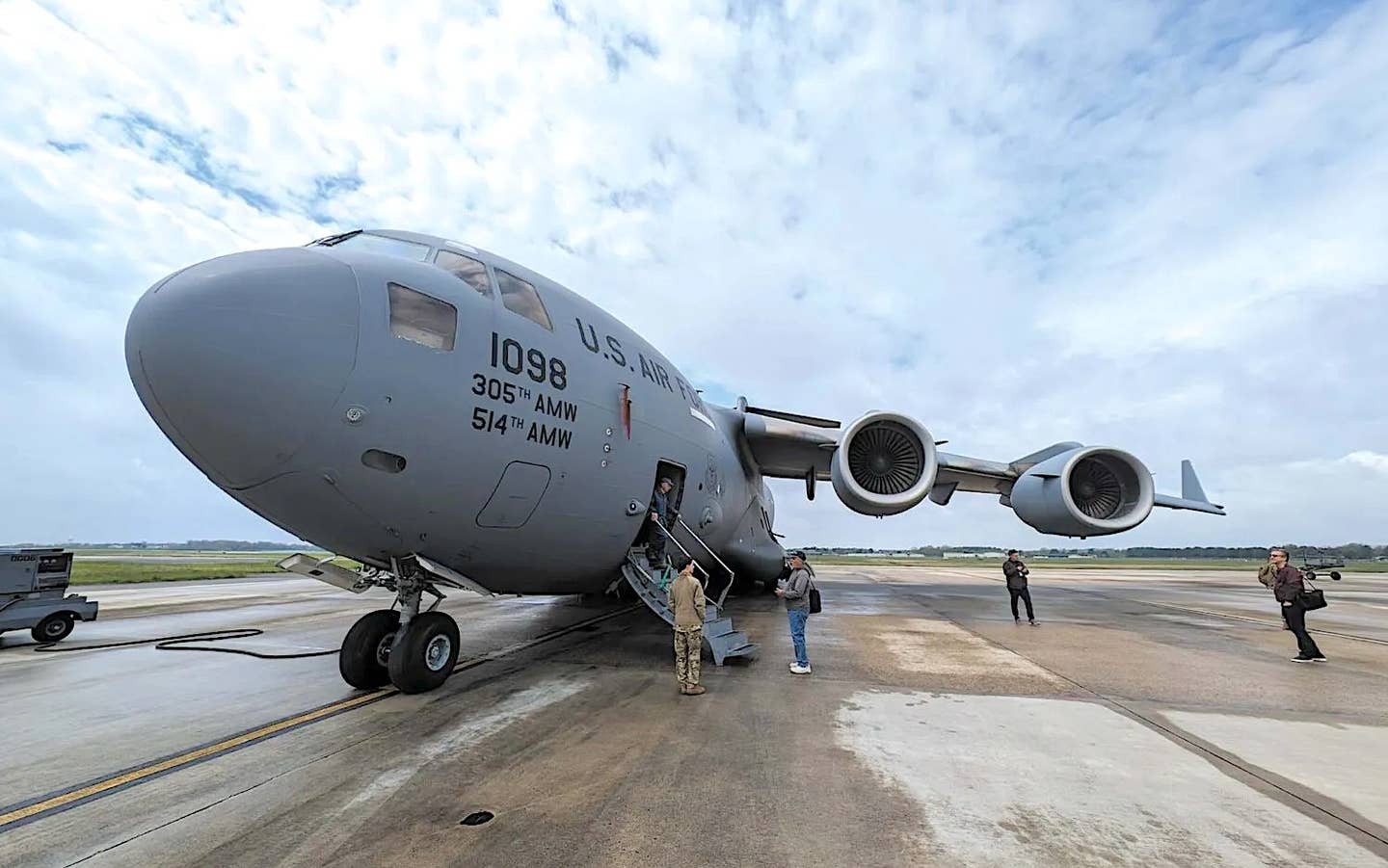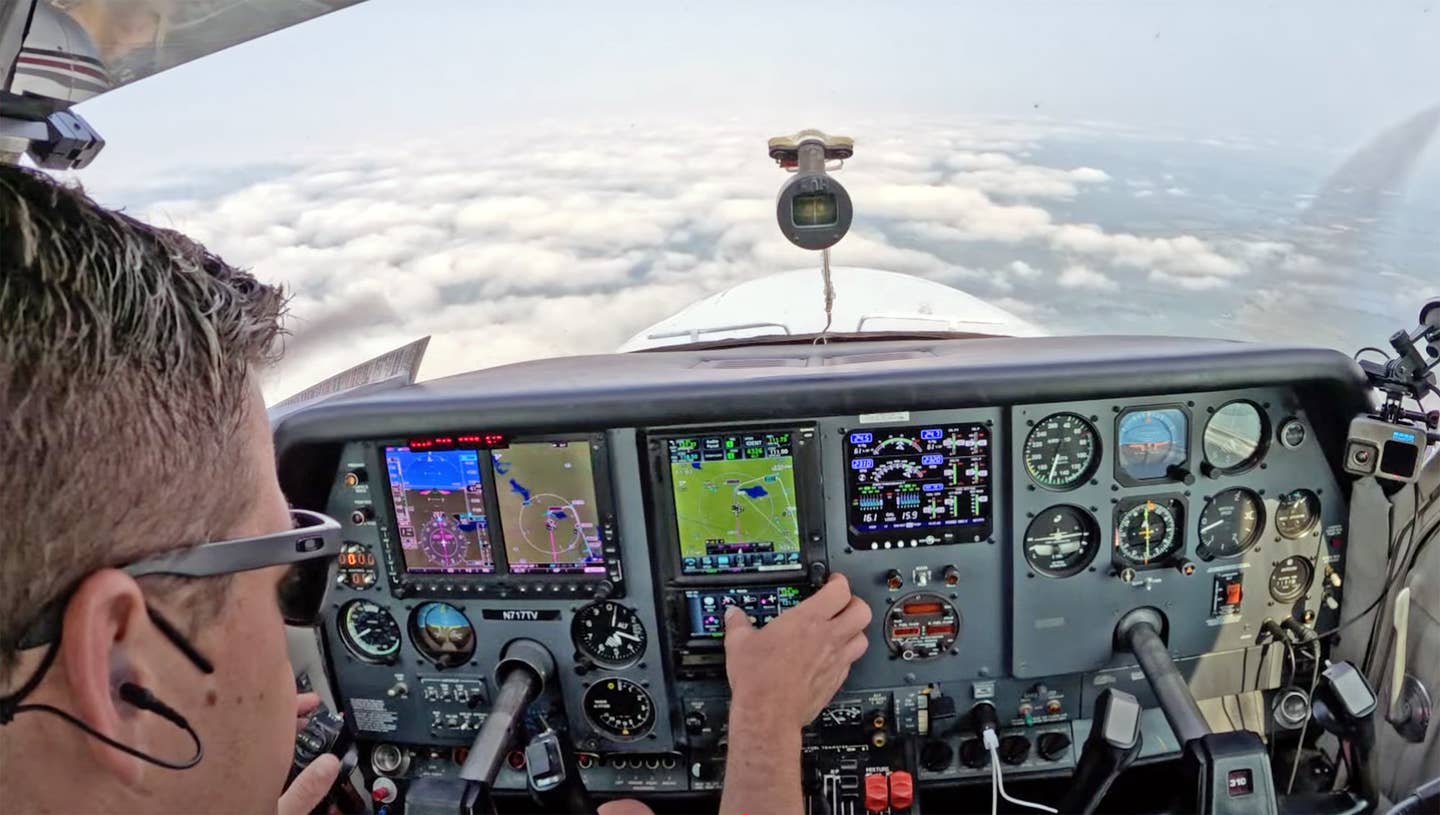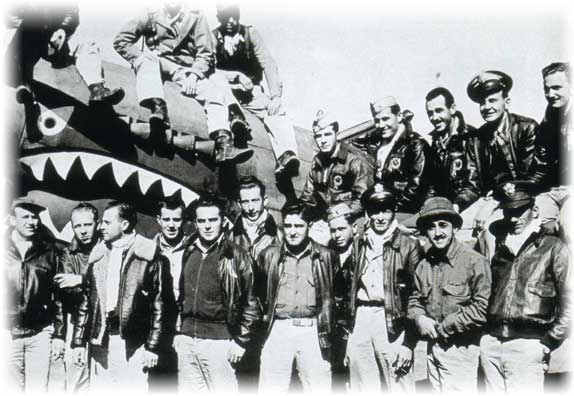SUA Collision Avoidance
How vigilant do you need to be in special use airspace? After touring McGuire Air Force Base tower, radar approach control, and base operations, I’d say, “very.”

Military special use airspace exists in places to keep these bad boys clear of other traffic. Do you really want to risk going nose to nose with a C-17 by blundering into an Alert Area?
Various special use airspace (SUA) and the military operations that accompany them are somewhat enigmatic—we know we should stay away, but we really don’t know the particulars. And if you’ve ever taken a longer trip, encountering an SUA is inevitable. So it’s critical that we understand how to operate in and around them.
That’s why the U. S. Air Force hosts several Mid-Air Collision Avoidance (MACA) events to educate the flying public on how to conduct operations in and around their SUAs as well as provide a forum for the free flow of information between the military and the general aviation community. Each ATC sector has a specific wing that hosts the event. In my case, it was the 305th Air Mobility Wing, which is the Air Force’s strategic airlift and air refueling wing under the control of the Air Mobility Command and the senior airfield authority of Joint Base-McGuire-Dix-Lakehurst (McGuire, KWRI).
Traffic! Traffic! Traffic!
If you open the sectional and find KWRI, you’ll notice a few interesting things. McGuire’s airspace spans two separate but adjoining Class Deltas, one for McGuire itself and the other for Lakehurst (KNEL). Joining them are restricted areas R-5001 A&B, all of which comprise the A-220 Alert Area.
To make matters worse (right?), that entire airspace is almost directly abutted against Philly’s Bravo to the west and all the Class Bravo at the Big Apple to the north, making the whole region the nation’s busiest ATC corridor and one of the busiest corridors in the world. In fact, KWRI has more than 50 civil airports located within 100 miles of it—that’s 5000 movements per day. Finally, the 305th also conducts air refueling ops in a Warning Area (W-107B) located right off the coast (and no, they don’t do 100LL).
So, obviously, there is a lot of traffic flying up and down this corridor. And that traffic comes in all shapes and sizes too, from a humble Skyhawk on its weekly $100 hamburger run to one of the 350th’s KC-46s (basically a 767) refueling a few F-16s out of Atlantic City.
But here’s the thing: Despite the event’s name, MACA is not just about collision avoidance; it’s also about separation. Last year, there were 33 resolution advisories issued, and the year before that, around 35. The goal, of course, is zero, since any of these “close calls” can end very badly for both parties involved. See and avoid.
Flying Blind
But all this begs the question, “How do you not see a Globemaster?” I mean we all have ADS-B Out at this point. And I’ll wager most of you fly with ADS-B In too, either directly through your panel’s avionics or through your EFB connected to it. So, we should all see that flying behemoth coming right at us on the TIS-based traffic map, right?
Actually, as I learned attending this event, wrong. A lot of military operations are conducted with ADS-B off. And that unfortunately makes our collective reliance on ADS-B for traffic avoidance somewhat of a liability. Of course, the answer is to always keep your eyes outside of the cockpit, but that’s harder than it sounds since scanning the traffic page (wherever it may be) is probably your first instinct when the controller is suddenly barking at you about nearby traffic.
The best way to avoid getting flipped by a C-17’s wake is to either be on an IFR flight plan or pickup Flight Following before entering the area. That at least gives the controller a fighting chance to not only issue you advisories but even vector you out of the way if necessary. In fact, I would make picking up Flight Following an SOP when flying VFR in or even near an SUA. You’ll thank me one day, trust me.
Close Call
So what happens when there is a separation issue? The AIM 4-4-16.b.3. states: “Each pilot who deviates from an ATC clearance in response to an RA must notify ATC of that deviation as soon as practicable, and notify ATC when clear of conflict and returning to their previously assigned clearance.” But what does that really mean, practically speaking?
ATC will not issue control instructions once they are advised an aircraft is responding to an RA. However, as a result, they could issue control instructions to another aircraft in the vicinity of the responding aircraft. So even if you aren’t in any clear and present danger, you might still be vectored as a result of another pilot who is.
Once a pilot responds to a TCAS alert, the controller is no longer responsible for separation at that point. So even though you might still be issued traffic advisories or safety alerts after the RA, the onus is on you to get out of the way, not wait for further instructions.
Finally, once you do get back on track, let the controller know so he or she can provide normal control instructions and maintain approved separation. Life, hopefully at that point, just goes on.
Is it Hot?
There were seven violations in 2023 through McGuire’s Restricted Area. And any breach of R-5001 requires Approach to file a pilot deviation. Furthermore, that airspace is also a Controlled Firing Area (CFA), and any aircraft that penetrates it during active operations could require 20 minutes or more of coordination from Approach to achieve a complete cease fire.
Not good. So, the moral of the story is to always ask. Keep in mind that the altitudes printed on the Sectional can change for whatever operations your local wing is conducting that day. Ask.
What a Day
If you ever get a chance to attend a local MACA event, go. At the very least, you’ll meet the faces behind the voices you hear every time you’re flying in that sector and get a deeper understanding on how to operate in and around your local SUA. Did I mention you’ll get to play with the tower’s light gun too? Go.
(This story originally appeared in IFR Magazine)
Alexander Sack, CPL/IR, pretends to be a Senior Software Engineer wrangling big data and designing high-performance software systems. In his copious free time, he prefers flying outings, reading approach charts, and perusing Skew-T diagrams.






